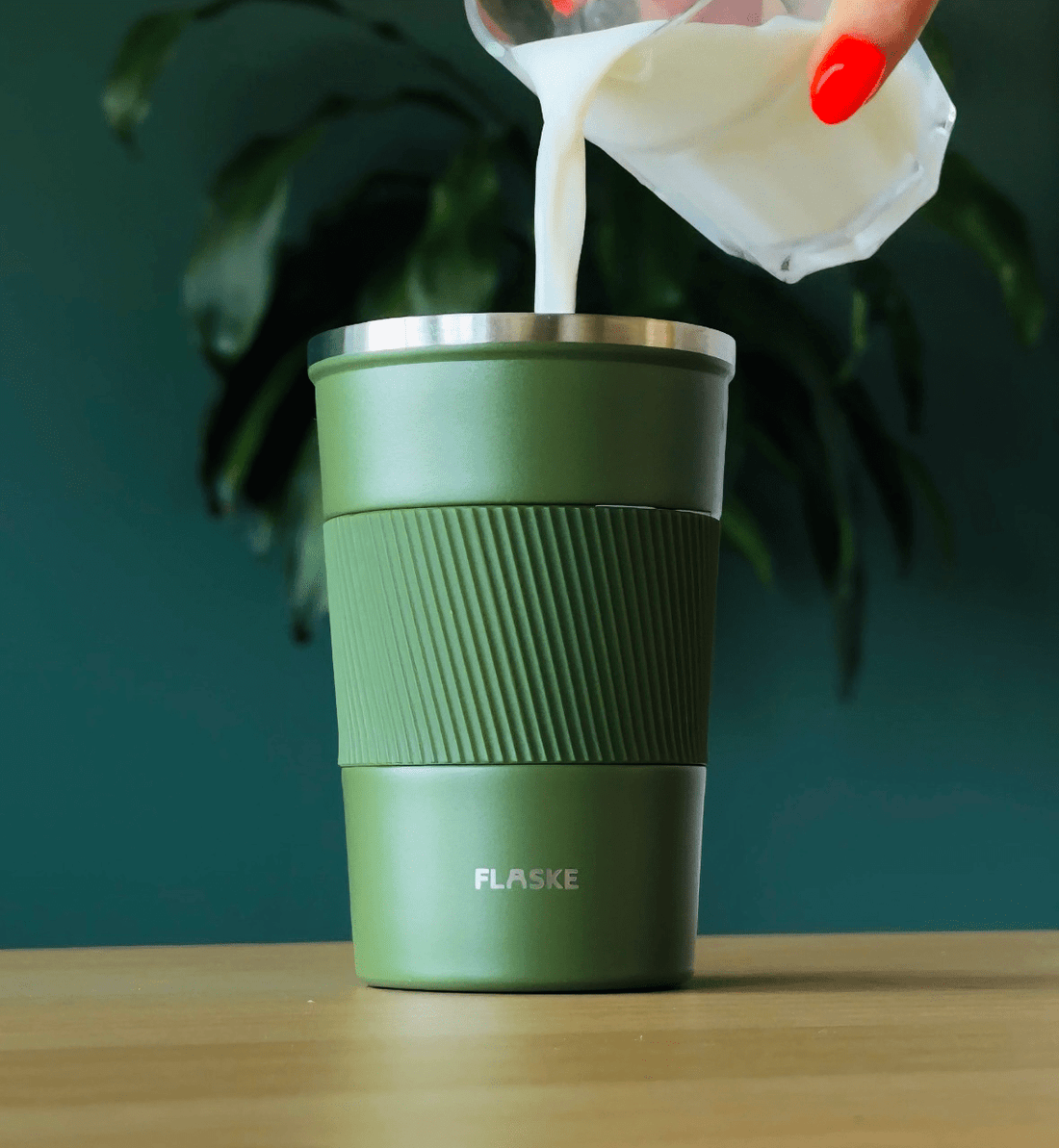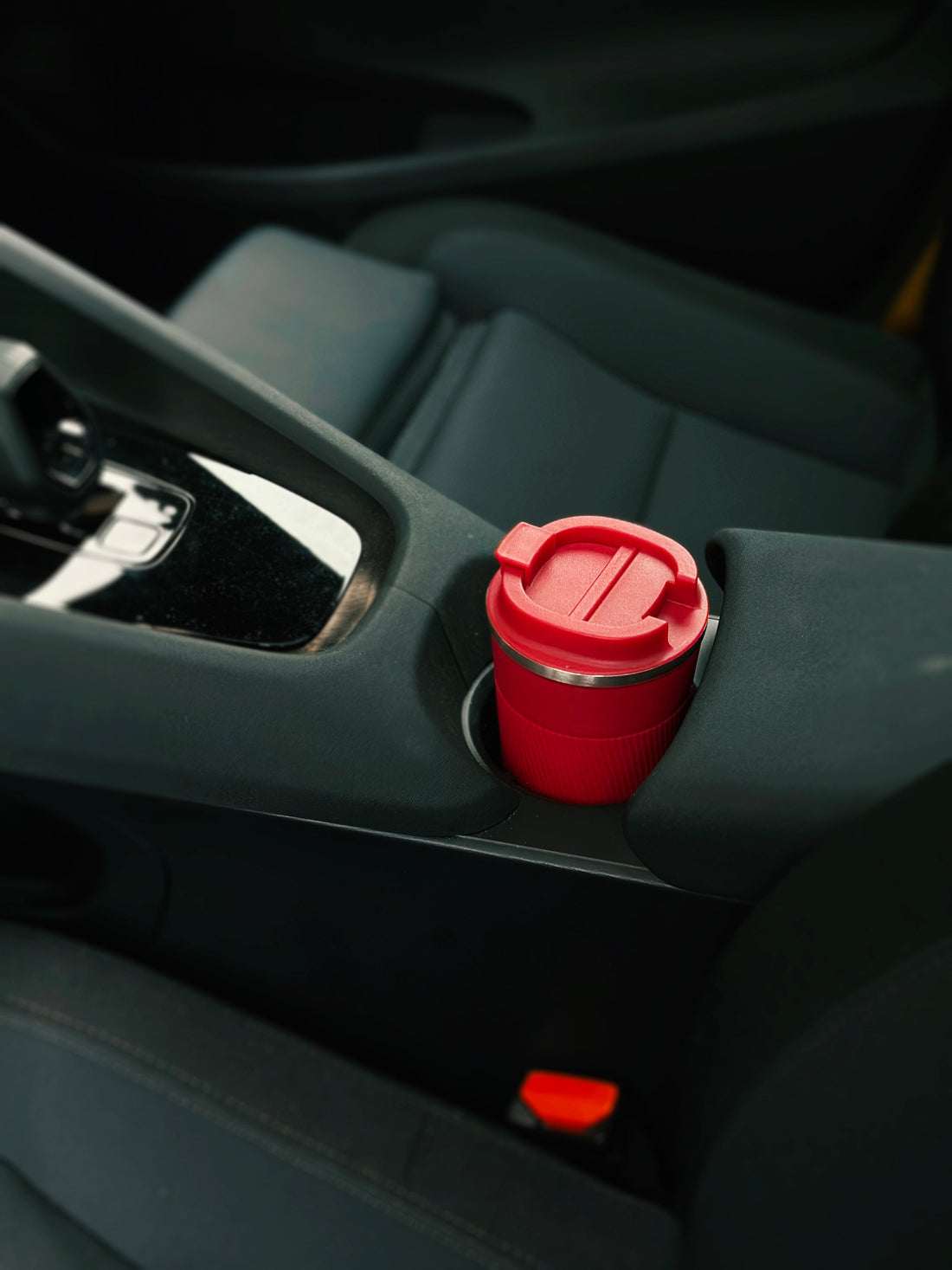Beginning the day with a freshly brewed coffee may well put you in a good mood but have you ever considered how your morning routine contributes to pollution? What and where you choose to eat and drink at breakfast time impacts the amount of waste you produce more than you might expect.
Take coffee, the most popular morning beverage in the world. Your morning coffee ritual might not produce any plastic waste if you buy your coffee grains from a zero-waste store and use compostable coffee filters. But what if you use non-recyclable espresso pods or single-use filters every day or you buy your daily coffee in a Styrofoam mug rather than bringing a reusable travel coffee mug to your local coffee store.
The point is, our daily habits are the cause of most unnecessary waste. Often, these wasteful habits are easy to change, particularly when it comes to food and drinks.
Let’s use coffee as an example and consider how you can minimise waste in your morning routine.
Reduce Waste with your Morning Coffee Routine

What coffee do you buy for home?
Rise and shine and time to drink coffee. But where did you buy your coffee from and what container did it come in. The most eco-friendly place to buy your coffee is usually a zero-waste store where you can bring your own coffee container, fill it with coffee grains and pay for the weight you take away.
Unfortunately, you may not have a zero-waste store in your neighbourhood as they’re not that common yet. However, you can still reduce your waste by buying coffee that comes in recycled, recyclable and reusable containers. Glass jars or metal pots are ideal because you can use them in multiple ways before recycling them. Likewise, cardboard is a greener alternative to plastic because it’s recyclable and compostable.
If you use an instant coffee machine at home that relies on coffee filters or coffee pods, consider a set of refillable coffee pods or buy compostable or biodegradable coffee pods and filters. Remember that, although brands may advertise their coffee pods as recyclable, most will go to landfill sites.
How do you make your coffee?
Like single-serving coffee pods, coffee filters are highly wasteful when used to brew just one coffee. To minimise waste, consider brewing a flask of coffee instead of a single cup. You can store the extra in a thermally insulated coffee mug or flask to drink later in the day or share with your colleagues at work.
Additionally, you can take care to buy biodegradable or compostable filters that won’t block landfill sites for years and won’t pollute the soil. Alternatively, use a washable filter or switch a coffee machine for a classic French press or stovetop espresso maker.
Reusing your coffee grinds is another way to minimise your morning waste. I don’t mean that you should make a second coffee from old grinds, but you can let the grinds dry and mix them into garden soil or pot plants.
Where do you buy your coffee on the go?
Do you buy your coffee from an automatic coffee machine at the gas station every day? If so, it’s probably made from a non-biodegradable single-serving coffee pod. Perhaps it also comes in a Styrofoam cup with a plastic stirrer even if you don’t want one. Buying from a coffee shop usually produces less plastic waste, but you should still be selective.
Is your usual coffee shop a locally run business that takes steps to minimise daily waste, or is it an international chain that prioritises cost and convenience? Carefully selecting where you buy your morning coffee is one way to minimise your daily waste without sacrificing your favourite hot beverage.
What do you put your coffee in? A disposable cup or a reusable travel mug?
Whether you make your morning coffee at home or buy it from a coffee shop, think about what you put your beverage in. This is a key step in tackling personal plastic waste. Disposable coffee mugs, whether they are Styrofoam or plastic-lined cardboard with plastic lids, will end up in landfill or the oceans after just one use. The best eco-friendly alternative is an insulated travel coffee mug. A reusable travel coffee mug won’t just keep your morning coffee warm on the way to work but it will also greatly reduce your daily plastic waste.
Also Read: Not sure about buying a reusable coffee mug? Here are the facts

Let’s Clean Up the Morning Coffee
Thinking about where you buy your coffee, how you make it and how you take it away with you, is the best way to tackle waste in your morning routine. Although I’ve used coffee as an example in this post, you can apply the same principles to any takeaway beverage, such as iced teas, hot chocolate, and warming winter beverages. Even if you prefer to drink your morning beverage from the comfort of your couch, there’s no reason you can’t put in an insulated travel mug, so it stays piping hot.
For more inspiration, read 10 eco-friendly products to use on your lunch break or visit the FLASKE Collection.




